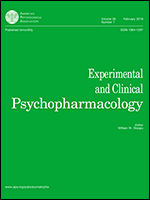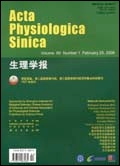
“Studies have revealed that cancer might be treated with cannabinoids since they can influence cancer cell survival. These findings suggest an alternative treatment option to chemo- and radiotherapy, that are associated with numerous adverse side-effects for the patients.
MATERIALS AND METHODS:
Viability staining was conducted on lung cancer, testicular cancer and neuroblastoma cells treated with different concentrations of the synthetic cannabinoid WIN 55,212-2 and the percentage of dead cells was compared. Activity of apoptosis-related enzymes was investigated by the presence of DNA ladder in gel electrophoresis.
RESULTS:
Treatment with different WIN 55,212-2 concentrations led to a significant dose-dependent reduction of cell viability. A DNA ladder was observed after WIN 55,212-2 treatment of testicular cancer and lung cancer cells.
CONCLUSION:
The application of WIN 55,212-2 was found to trigger cell death in the investigated cell lines. The decline in lung cancer and testicular cancer cell viability seems to have been caused by apoptosis. These findings may contribute to development of alternative cancer therapy strategies.”
https://www.ncbi.nlm.nih.gov/pubmed/29061818










